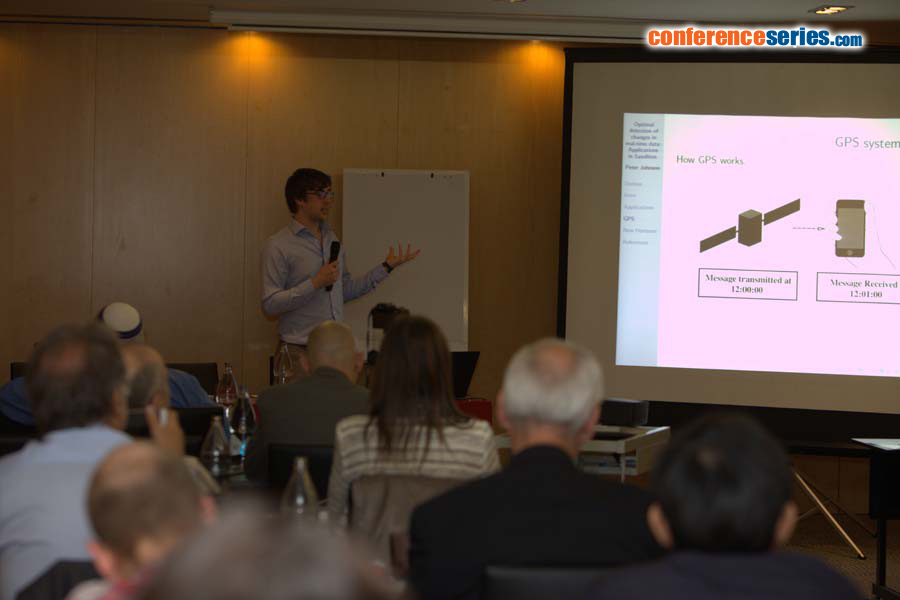
Peter Johnson
University of Manchester
UK
Title: Optimal detection of changes in real-time data: Applications in Satellites
Biography
Biography: Peter Johnson
Abstract
Detecting changes in random processes as quickly and accurately as possible, is important for many scenarios. Examples include: detecting a plane using radar; identifying nuclear material at ports; reacting to breakages in atomic clocks on satellites and; determining when is the best time to buy/sell stocks and shares. Using advanced applied probability, it is possible to provide an 'optimal' time to stop and declare that a change has occurred (optimal in the sense of minimising the delay after the change) with a fixed probability of error.
This collaborative work looks at problems of this type applied to issues in detecting breakages in clocks on board satellites. The sophisticated solutions of these optimal stopping problems show that the first hitting time of a test statistic to a defined boundary is the quickest possible decision time for a given level of accuracy (see Figure). This means that no other method can outperform the algorithms used, which is a valuable asset in high performance systems.
This research has two high profile satellite applications: The New Horizons mission, and The Galileo Project. Most recently solutions of this type have been involved in helping engineers from NASA detect an unusual change in the two on-board quartz clocks (which are replied upon to beam accurate data back to earth) as its satellite passed Pluto.
These methods are also helping resolve similar problems in detecting the breakages in the atomic clocks used in the Galileo project, the first global navigation system primarily for civilian use, that is being developed by the European Union. The accuracy of these clocks is critical to accurate positioning, with a 100 nanosecond error meaning positioning could be out by up to 30 meters on the ground.







